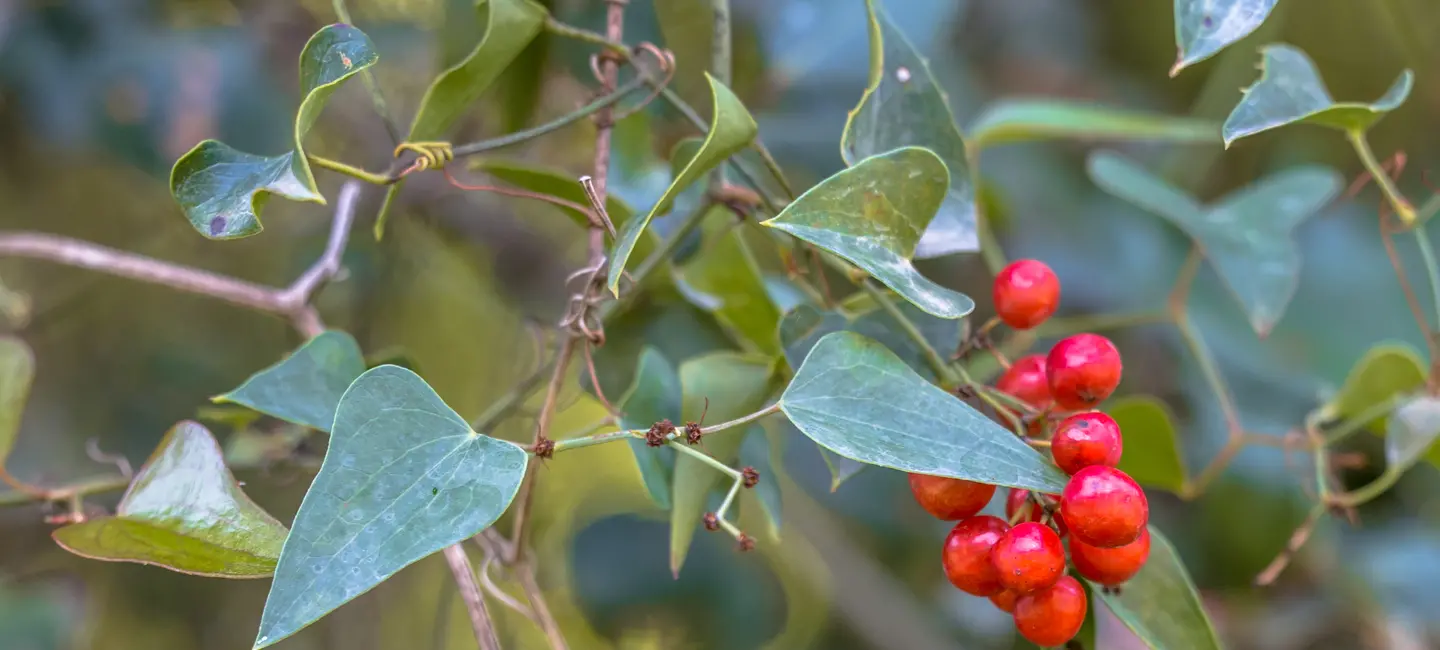
Sarsaparilla is a group of plants that grow in tropical parts of the world. There are about 350 species, including Smilax officinalis and Smilax glabra.
Chemicals in sarsaparilla might help decrease pain and swelling. Some chemicals might also help kill cancer cells or slow down their growth.
People use sarsaparilla for cancer, rheumatoid arthritis (RA), psoriasis, and many other conditions, but there is no good scientific evidence to support these uses.
Don't confuse sarsaparilla with German sarsaparilla. These are not the same.
Is It Effective?
There is interest in using sarsaparilla for a number of purposes, but there isn't enough reliable information to say whether it might be helpful.
Is it Safe?
When taken by mouth: Sarsaparilla is commonly consumed in foods. There isn't enough reliable information to know if sarsaparilla is safe to use in larger amounts as medicine. It might cause upset stomach when used in large amounts.
Special Precautions & Warnings:
Pregnancy and breast-feeding: There isn't enough reliable information to know if sarsaparilla is safe to use when pregnant or breast-feeding. Stay on the safe side and avoid use.
Kidney disease: Sarsaparilla might make kidney disease worse. Avoid sarsaparilla if you have kidney problems.
Digoxin (Lanoxin)
Interaction Rating=Moderate Be cautious with this combination.
Sarsaparilla can decrease potassium levels in the body. Low potassium levels can increase the side effects of digoxin. This can increase the risk of heart damage.
Lithium
Interaction Rating=Moderate Be cautious with this combination.
Sarsaparilla might have an effect like a water pill or "diuretic." Taking sarsaparilla might decrease how well the body gets rid of lithium. This could increase how much lithium is in the body and result in serious side effects.
Herbs that contain cardiac glycosides: Sarsaparilla can decrease potassium levels in the body. Low potassium levels can increase the side effects of chemicals called cardiac glycosides. This can increase the risk of heart damage. Examples of supplements that contain cardiac glycosides include black hellebore, foxglove, lily-of-the-valley, oleander, and pleurisy root.
There are no known interactions with foods.
Traditionally, sarsaparilla is brewed in a tea. As medicine, there isn't enough reliable information to know what an appropriate dose of sarsaparilla might be. Keep in mind that natural products are not always necessarily safe and dosages can be important. Be sure to follow relevant directions on product labels and consult a healthcare professional before using.
Ecuadorian Sarsaparilla, Gray Sarsaparilla, Honduras Sarsaparilla, Jamaican Sarsaparilla, Liseron Épineux, Liseron Piquant, Mexican Sarsaparilla, Salsaparilha, Salsepareille, Salsepareille d'Europe, Salsepareille du Honduras, Salsepareille du Mexique, Sarsa, Sarsaparillae Radix, Sarsaparillewurzel, Smilax, Smilax Aristolochaefolia, Smilax Aristolochiaefolii, Smilax aristolochiifolia, Smilax china, Smilax febrifuga, Smilax medica, Smilax officinalis, Smilax ornate, Smilax regelii, Zarzaparrilla.
Information on this website is for informational use only and is not intended to replace professional medical advice, diagnosis, or treatment. While evidence-based, it is not guaranteed to be error-free and is not intended to meet any particular user’s needs or requirements or to cover all possible uses, safety concerns, interactions, outcomes, or adverse effects. Always check with your doctor or other medical professional before making healthcare decisions (including taking any medication) and do not delay or disregard seeking medical advice or treatment based on any information displayed on this website.
© TRC Healthcare 2024. All rights reserved. Use and/or distribution is permitted only pursuant to a valid license or other permission from TRC Healthcare.
